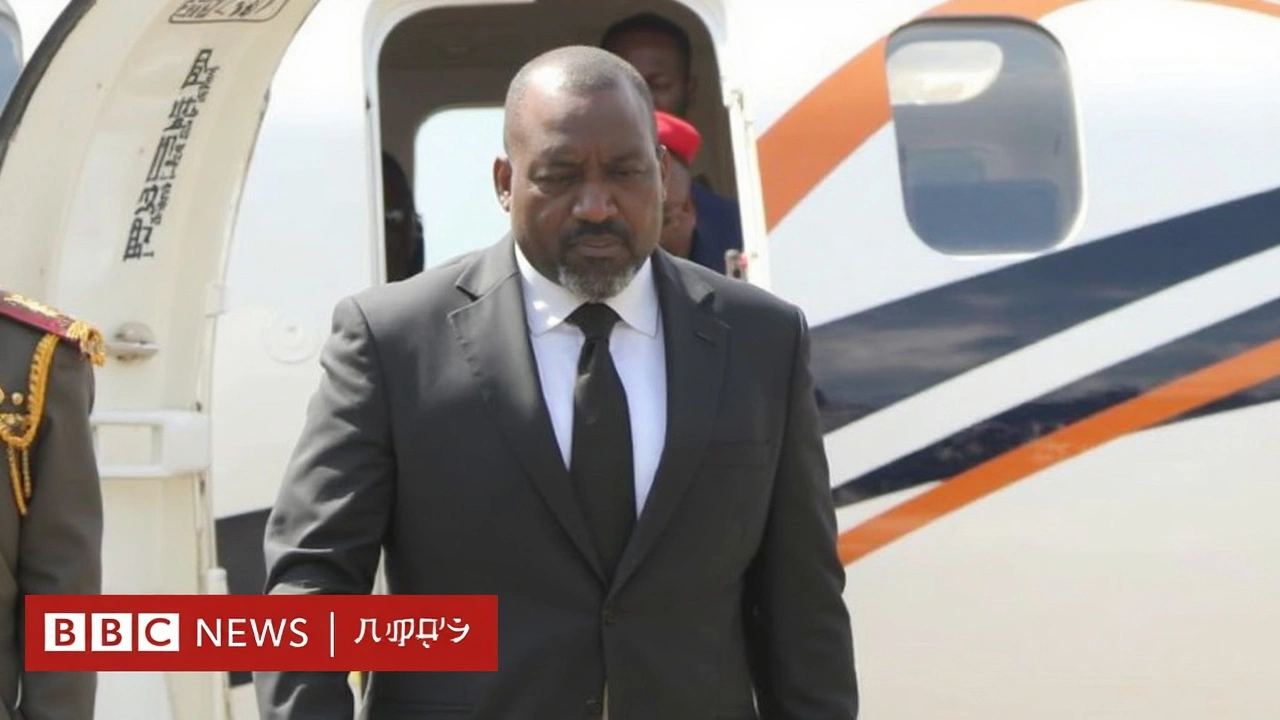Rebel-Held: What the Term Means and How to Follow the News
You’ve probably seen the label “rebel-held” in headlines. It’s short, but it carries a lot: territory controlled by armed groups outside government control. That matters because life, services, and safety there work very differently. This page helps you understand the label, read reports wisely, and stay safe if you’re close to these stories.
How to Verify News From Rebel-Held Areas
Not all reports from conflict zones are accurate. Start by checking who is reporting: local outlets, international newsrooms, or just social media? Local journalists and community radio often give faster, clearer context than a single viral post. Cross-check any claim with at least two independent sources before trusting it.
Look at the evidence. Photos and videos can help, but they’re easy to reuse or alter. Use reverse-image searches, check timestamps, and compare landmarks visible in the clip with satellite images or maps. If a source names specific villages, check recent maps and reports — rebel-held areas can shift quickly.
Watch for official statements from humanitarian groups and the UN. These organizations move cautiously and often confirm or correct initial claims. Also pay attention to evacuation notices, road closures, and service interruptions; they often tell you more about control on the ground than political claims.
Safety Tips for Reporters and Civilians
If you’re a reporter planning to enter or report on rebel-held zones, prepare thoroughly. Tell someone your route and schedule, carry appropriate ID, and have emergency contacts for local fixers and humanitarian agencies. Avoid predictable patterns and have a clear extraction plan if the situation changes.
Civilians in or near rebel-held areas should prioritize immediate safety: follow local advisories, stay away from checkpoints or reported clashes, and keep essential documents and a small supply of cash ready. If you must travel, share your itinerary with family and trusted contacts and consider staying in touch via messaging apps that work with low bandwidth.
For readers following these stories from afar, be cautious before sharing images or unverified claims. Spreading unconfirmed reports can put people at risk or worsen tensions on the ground.
Context helps. Rebel-held zones in Africa have many causes: weak state services, ethnic tensions, economic exclusion, or outside interference. Examples from the Sahel, parts of eastern Congo, northern Mozambique, and Libya show how varied the situations are. Treat each story on its specifics rather than as part of a single pattern.
If you want reliable updates, follow reputable local outlets, humanitarian agencies, and trusted international reporters who cite sources on the ground. Use this tag to track verified coverage and explained context from Continental Scout Daily. Ask questions, demand sources, and approach every headline with a bit of healthy skepticism — that’s the best way to make sense of conflict reporting.
Joseph Kabila's surprise return to rebel-held Goma after a year abroad is sending shockwaves through Congolese politics. He's facing accusations of backing insurgents but denies any rebel ties, insisting on his right to move freely and calling his trip an offer for peace. Security forces searched his Kinshasa homes, further fueling controversy.
Recent-posts
May, 31 2024
Jul, 25 2024






